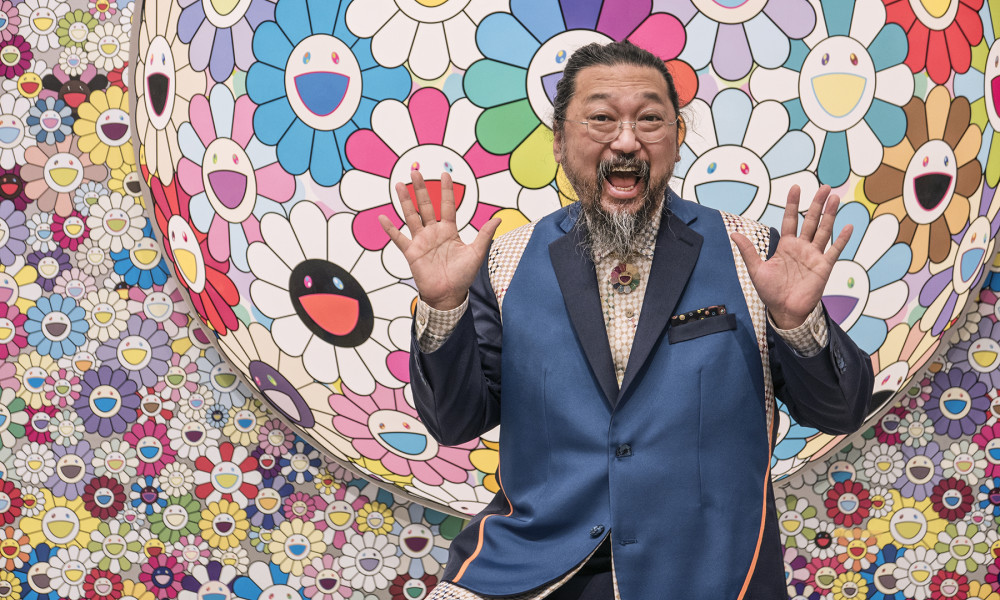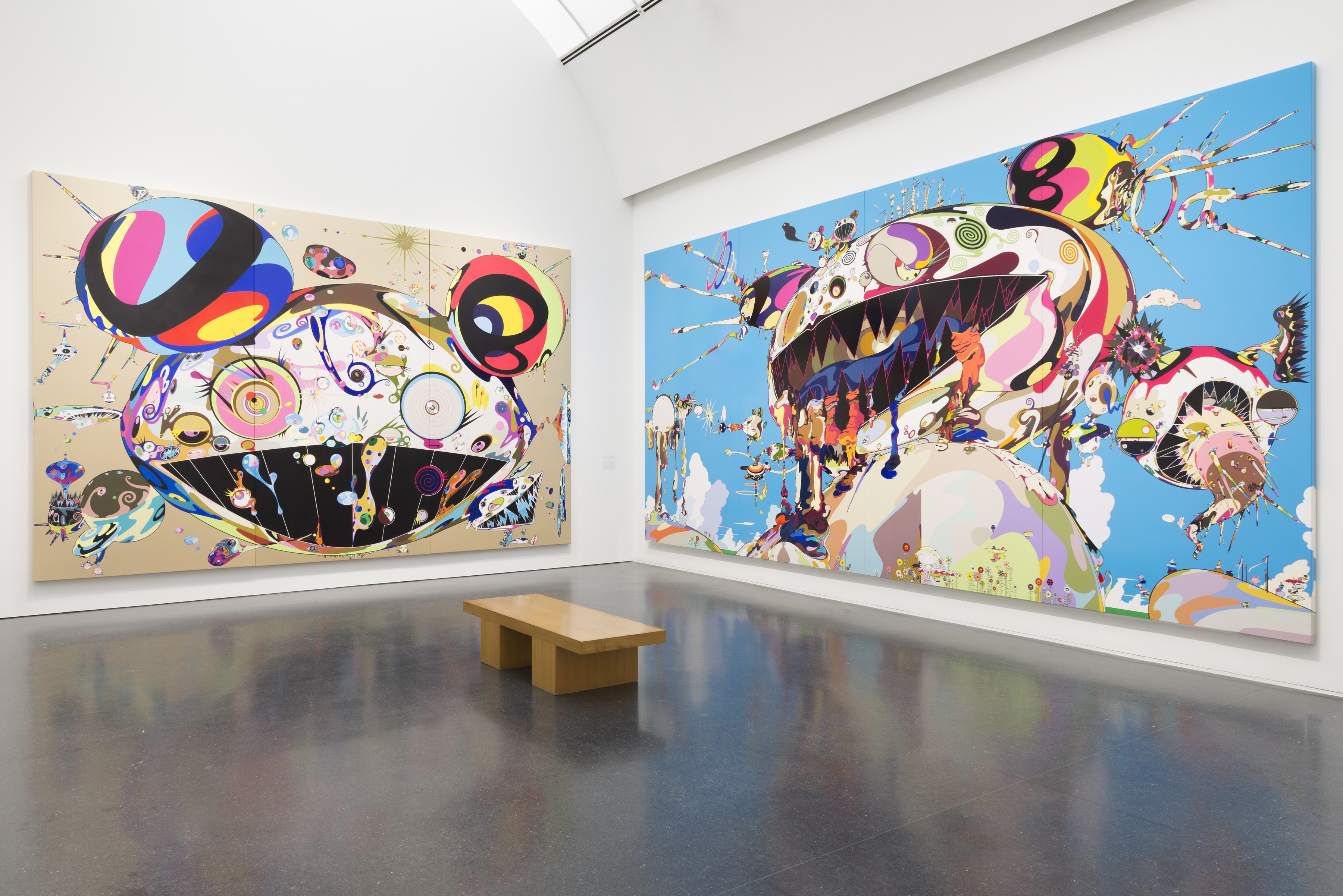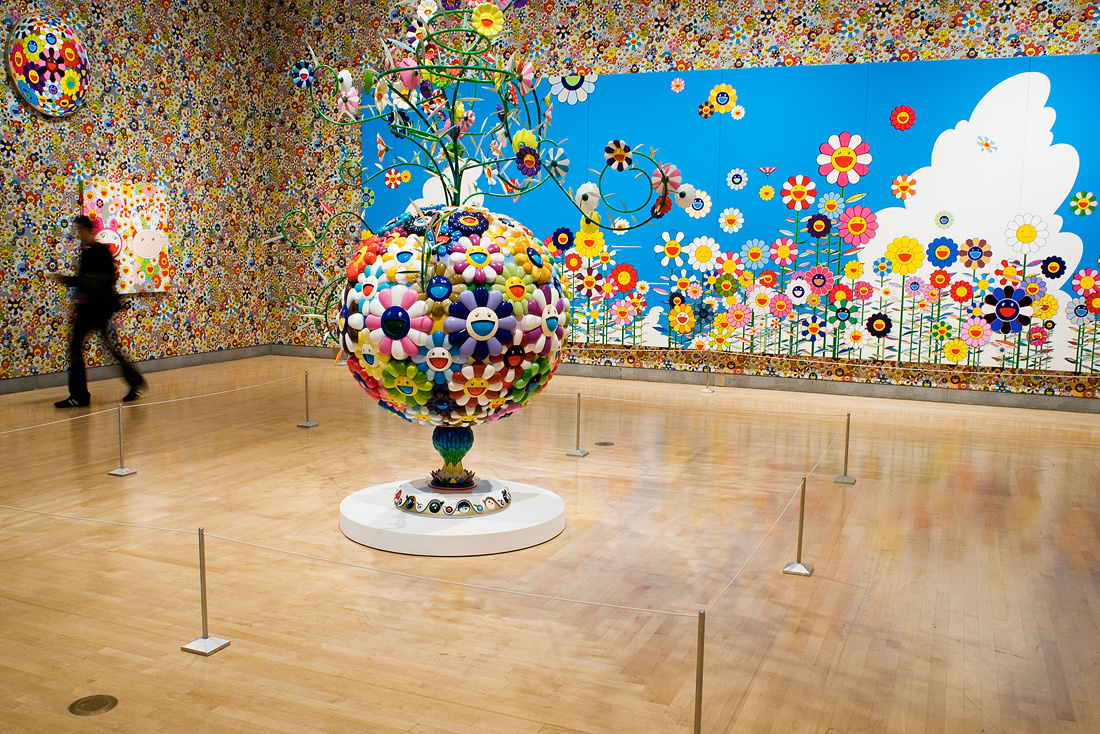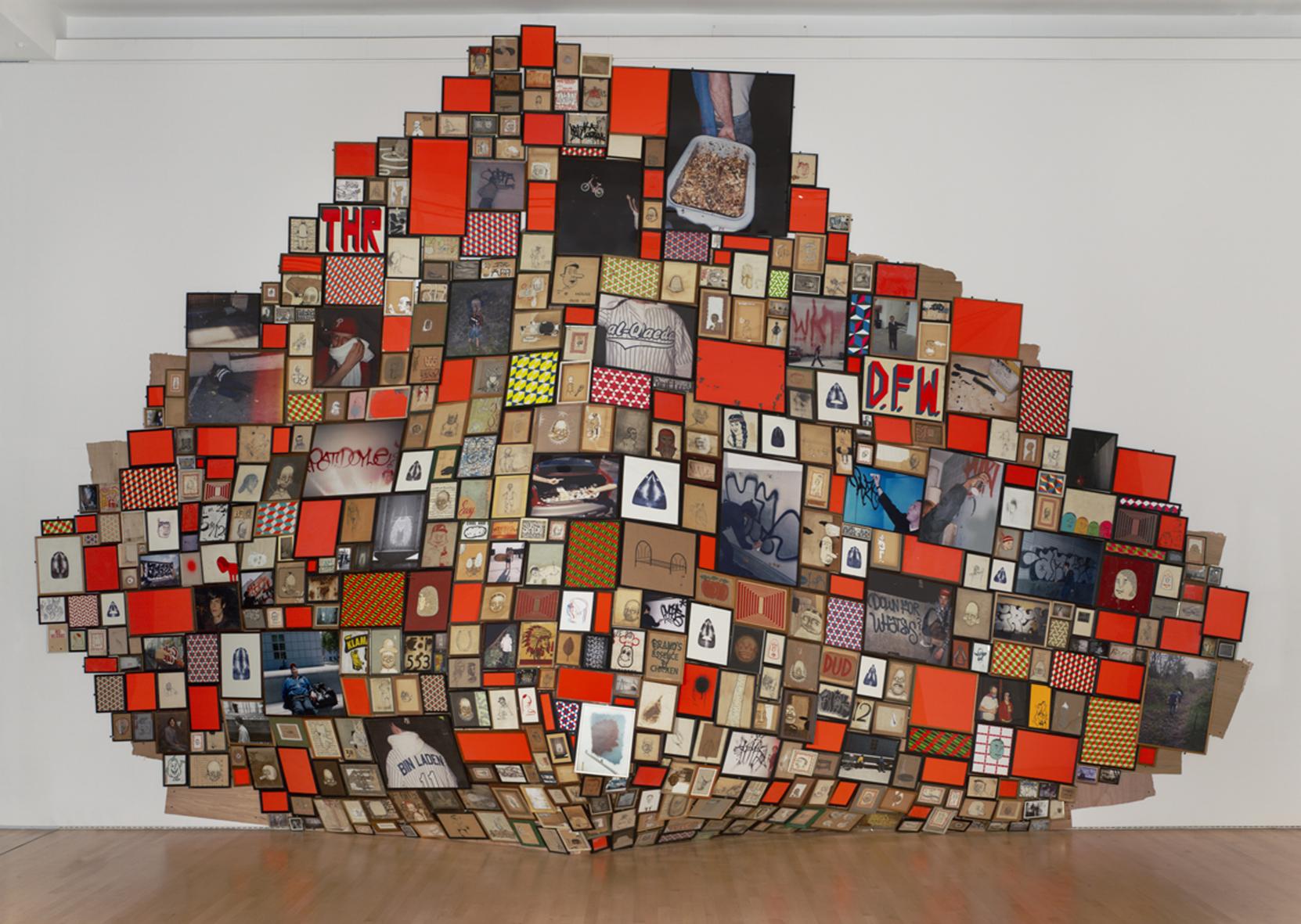Superflat: Concept of contemporary Japanese art

Japanese popular art
Graphic design comes to help. Figures and faces get a new shape, and critics argue about what actually is depicted in the picture. There is even a saying in local community: "It’s not a bird, nor a plane. It’s Superflat!" So, how did the Superflat come up?
When the Japanese artist Takashi Murakami organized an exhibition for museums in Tokyo and Nagoya, he tried to explain to the municipal authorities what the most promising type of modern painting technique was. He was asked why the art technique gives the impression of flattening or tightness. Murakami replied: "By combining graphic design, visual art and pop art, we get the so-called Superflat, which helps convey any ideas." The light cosmic shade created in this way speaks for itself.
Creators of posters in the style of pop art are trying to borrow the Superflat for their industry, but it doesn't work that way. One may say that the Superflat shares the values of consumer society, the culture of consumerism and advertising ideals, and even cite as an example the design created by Murakami for the brand Louis Vuitton: say, the creator does not even hide his addiction to the mass market. Nothing is so simple here. The Superflat is a mockery of those who run after material goods and lose themselves. The flatness and two-dimensional nature of the Japanese anime and manga add exotic details, thanks to which each picture tells a story. Thus, it creates a value...
War influence on the Superflat
No wonder the Superflat gained recognition in Japan. This art movement perfectly demonstrates how Asian culture differs from Western trends. Takashi Murakami explains:
Our culture does not have 3-D, so the feeling of surface is characteristic of the Japanese technology of transmitting the beauty. In addition, in my youth I was greatly interested in military sphere. Japan survived devastating bombing during the Second World War. My works are a reflection of how art absorbs military symbols.
A deep historical background appears in the paintings by Takashi Murakami: Photo art.newcity.com
Photo art.newcity.com
I studied the cultures of different countries and concluded that the nations who were able to enjoy consumer culture and the world of consumerism were in the countries that were victorious in the war. And by the countries that were victorious in the war I mean the U.S. and the British. Societies that lost the war, like Japan, envied the consumerism of the winners but they still wanted at least to be able to borrow what they envied.
To understand the philosophy, look at historical events. Before the war, Japan was focused on westernization, trying to grasp the spirit of European prosperity. It was planned that in a short time the country would be able to become the world industrial leader. Villages became towns and cities, farming slowly became less popular, because in the industrial era there is no time to think about traditions. In culture, it was less talked about samurai, but the image of a businessman became more attractive. The war threatened economic development, Japan lost the war and had to spend another decade to recover. However, by the end of the 1950s, the country returned to its former, pre-war state.
Not surprisingly, the economic boom caused protests in population. People, who remembered experience, did not want to be equal to the West. The supporters of traditions claimed that Japan was losing its fundamental values, abandoning ancient culture for the sake of financial prospects.
In an act of protest
Culture could lose its multiple layers, its luxurious features were turning into a flatness. Actually, the Superflat became a reaction to the events. In 1984, Takashi Murakami moved to New York and made his name famous as a representative of pop art. He was well acquainted with the culture of manga and anime, so he chose a form of cultural protest. Many Japanese artists joined him, because the Superflat gave opportunity to express their ideas without deviating from the traditional path. The Superflat was recognized at the global level. In 2000, Murakami organized an exhibition in Los Angeles, and in 2011in New York.
Read more: Japanese Culture Day
One of the most illustrative works of Murakami is The World of Sphere. This is a symbolic image of Japanese economy. Commercial icons, such as Louis Vuitton, float in the background, as if recalling that modern culture replaces what has been produced for centuries. The image of panda looks as if taken from advertising billboards which are numerous at the streets of Japan. This is what a culture that rejects itself, can come to.
Another example is The Flower Superflat. The message of this picture is clear to everyone: Japan becomes a nation, like all the others. Indistinguishable flower in a bouquet, lost its features, ceased to be unique... Empty smiles, the same facial expression - here the flatness spills off, and the Superflat serves as a warning. Photo glendicrocco.com
Photo glendicrocco.com
The Superflat outside Japan
Although Murakami argues that the Superflat is a characteristic feature of Japanese culture, this trend has also attracted Western artists. In particular, those who combine high and low culture, street art, graphic design and place this mix on their canvas with traditional art.
Among the most famous personalities who live outside Japan, but work in this style, are Philippines-based artist Ronald Ventura and San Francisco-based artist Barry McGee. The latter is sometimes referred to as the museum vandal, since he opposes the recognized values of the consumer society. His numerous graffiti contain a simple message. The alluring world of luxury, image of which fills advertising posters, will one day destroy the spiritual world of a human. As you can see, all the artists of the world talk about the same thing. Barry McGi. Photo ourhouseisourworld.wordpress.com
Barry McGi. Photo ourhouseisourworld.wordpress.com
Cover photo fondationlouisvuitton.fr





















